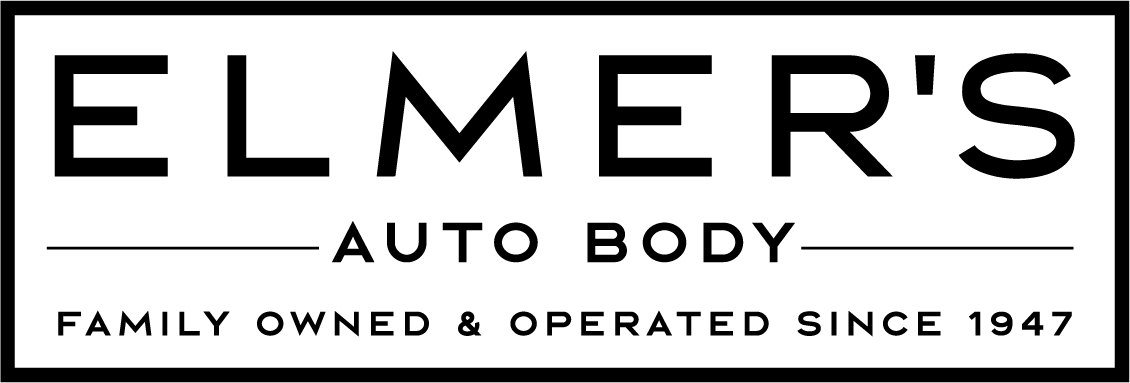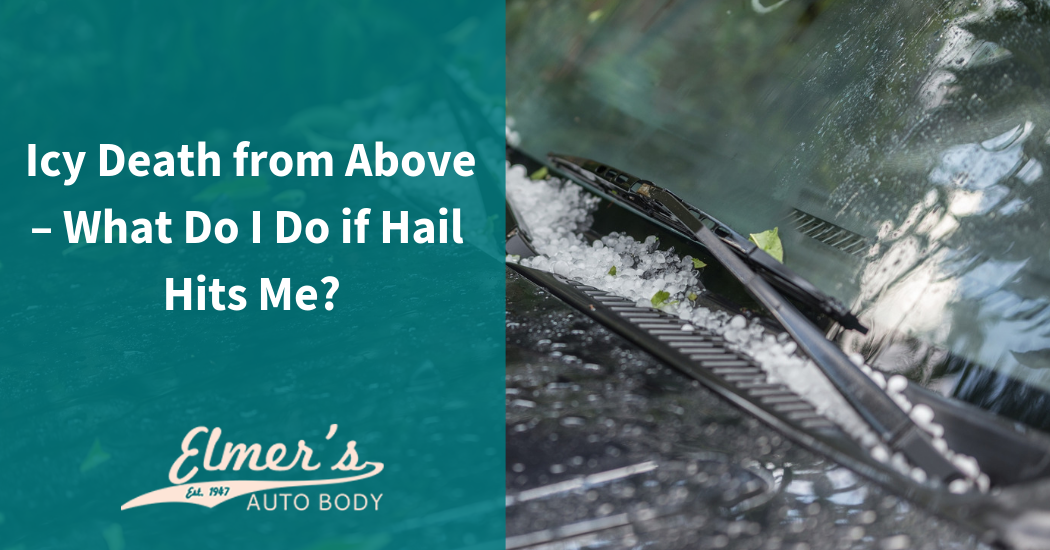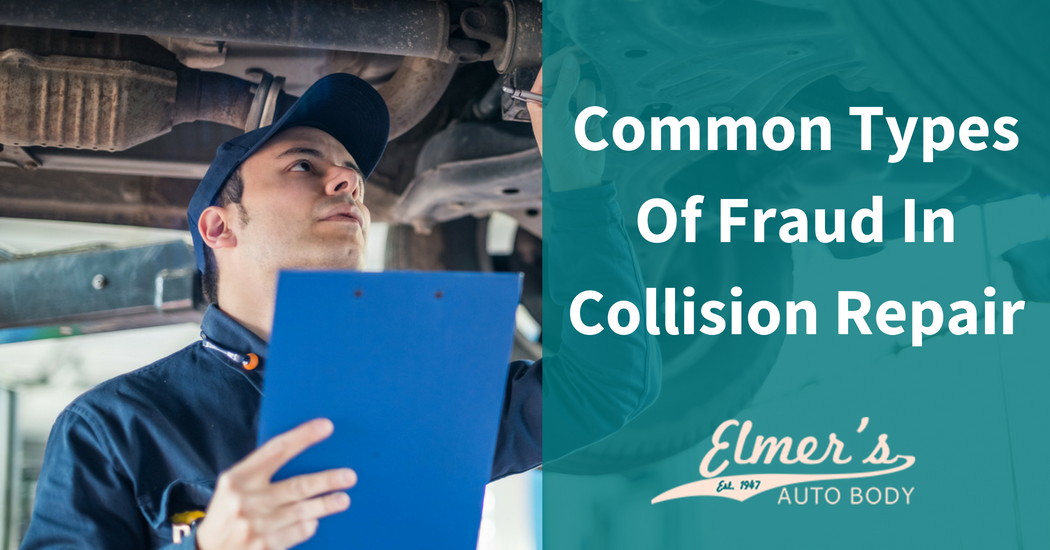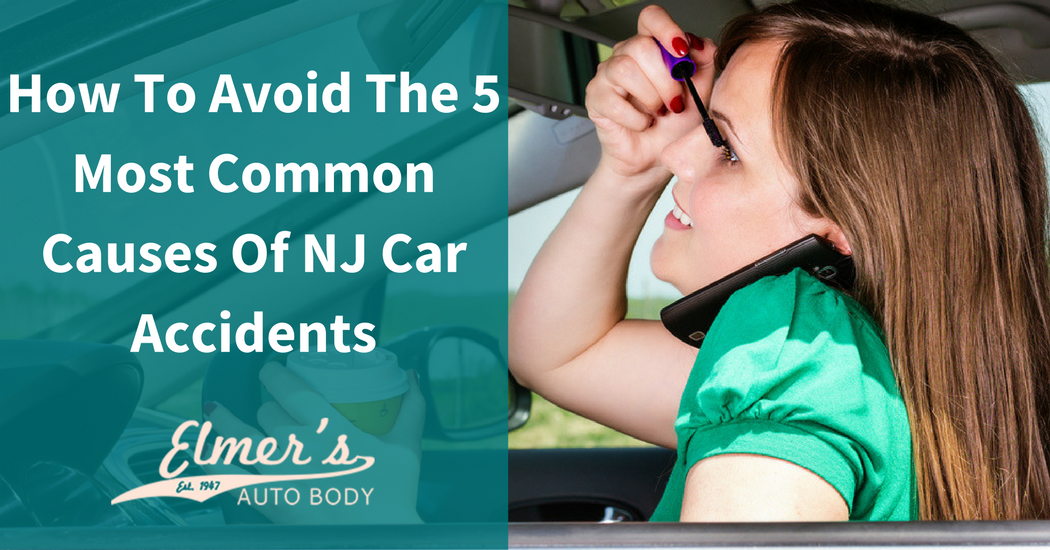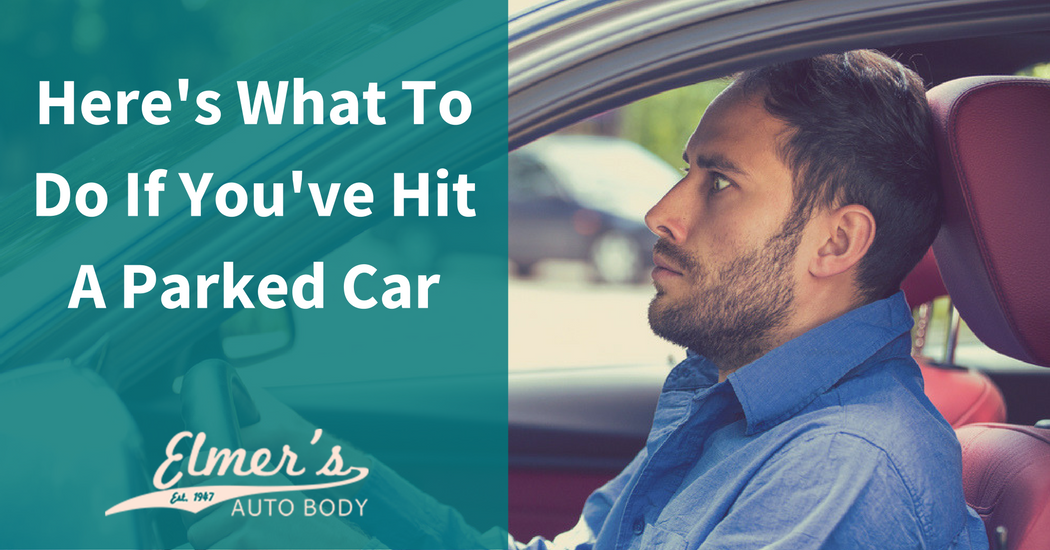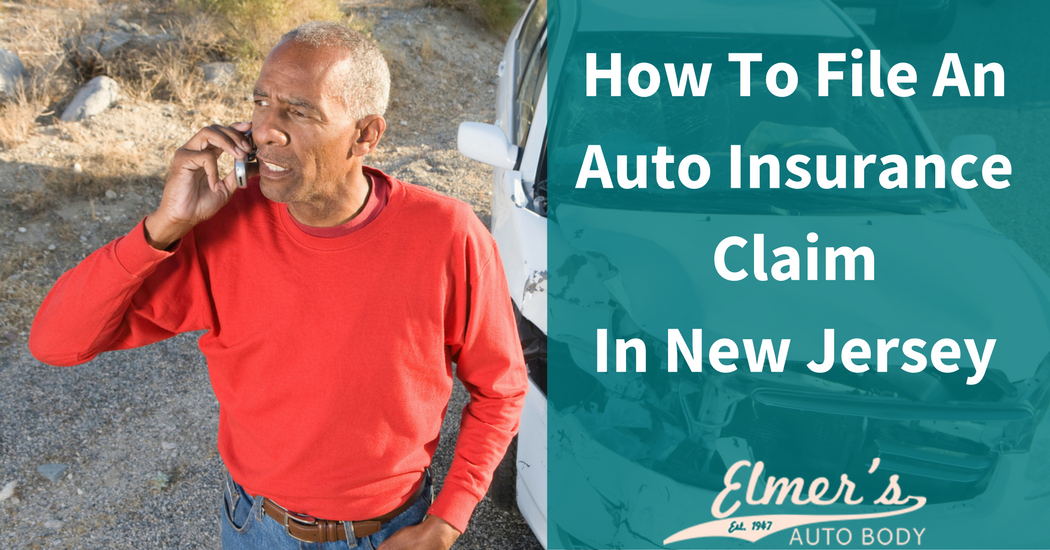Collision repair in general can be a harrying experience, but when fraud is involved, the situation is ramped up for both the vehicle owner, the insurer and anyone else involved in the repair process. Though the majority of collision repair shops operate by the book and utilize honorable business practices, there are those few shops that exploit and manipulate unsuspecting customers.
The use of a disreputable shop can lead to insurance fraud. In order to avoid that dilemma, customers should be made aware of how the collision repair process is supposed to work. Avoiding scams at all costs and protecting customers are the goals of any insurer. When consumers are armed with the right information, they can make informed decisions before they are faced with collision costs.
Shop Fraud Tactics
Here is a listing of the different fraud tactics and hazards that involve collision repair. They should be of benefit in helping customers avoid any kind of trap before seeking advice and repair estimates.
Estimates for Damages
Be on the lookout for damage estimates that seem beyond what would be considered normal. A less credible shop will try to pad costs and add considerably more in the way of materials, parts and labor to a repair bill. They’re banking on a customer either not being aware of cost breakdowns as well as being in a hurry to get their vehicle repaired. Such shops are also hoping that the customer and their insurer will not detect anything out of the ordinary with an estimate. Watching for services that were never completed and parts and materials that were not necessary, or ever installed, are areas that can be easily manipulated by a dishonest shop. Review the estimate and question any procedure that seems fishy or out of the ordinary.
Hidden Deductibles
A number of repair shops will offer their customers the cost-free incentive of hiding or burying insurance deductibles within repair expenses, which leads to an insurance company picking up the tab for the total bill, while supposedly benefiting the customer with a free pass for costs. While this may be a temptation to vehicle owners in need of a less expensive way out of repair costs, they need to realize that the dishonesty of the repair shop goes beyond just charging the insurance company full cost. Charges for parts and other items made to the insurance company will be top dollar, while the vehicle owner will likely get replacement parts that are inferior, old or simply junk. It is definitely a risk to agree to an offer that buries costs that come out of your insurance carrier’s pocket and eventually yours.
Airbag Deception
In the case of most collisions, an airbag or airbags will likely have deployed, which means replacement. Fraudulent shop owners will try to replace an airbag with one that has been stolen or used, plus they will have gotten the airbag for next to nothing. Some shops will simply turn around and charge the insurance company with the full price of a new airbag. This is one devious and dangerous practice.
In order to inflate an estimate, dishonest shops will also try to deceive customers and insurers through the use of an already opened and expanded airbag that has been placed in the steering wheel area of a vehicle. This practice will lead to, once again, charging an insurance company the full price of a new airbag that is added into an estimate.
All of these tactics with airbags are deceitful and dishonest and can cause dangerous occurrences down the road. To avoid these kinds of crooked dealings with airbags, always insist on examining any packaged airbag or looking at the original invoice from a reputable airbag manufacturer. Also, both the customer and the insurance agent should thoroughly scrutinize estimates for airbag issues as well as watch for anything that seems suspicious or incorrect.
Fraud Avoidance
Insurers need to encourage their customers to look beyond repair shops and deals that seem too good to be true. If a repair shop lacks organization and is poorly kept, it is probably wise to go on to another shop that is professional and well organized. In addition, customers should be advised of the importance of requesting an estimate before any work is initiated. If questions arise concerning a repair bill, a customer needs to be reassured that their insurance agent is a constant companion concerning estimate issues. Finally, policy holders should be encouraged to only deal with ASE accredited repair shops and other reputable businesses.
There are always going to be questions concerning fraud and dealings with any kind of repair work. Seeking guidance through a reputable shop is the safe way to approach repairs without being mislead or scammed. If you need more answers concerning collision repair, complete the online contact form, and an experienced agent will get back to you with the answers you need to safely and honestly repair your vehicle.
